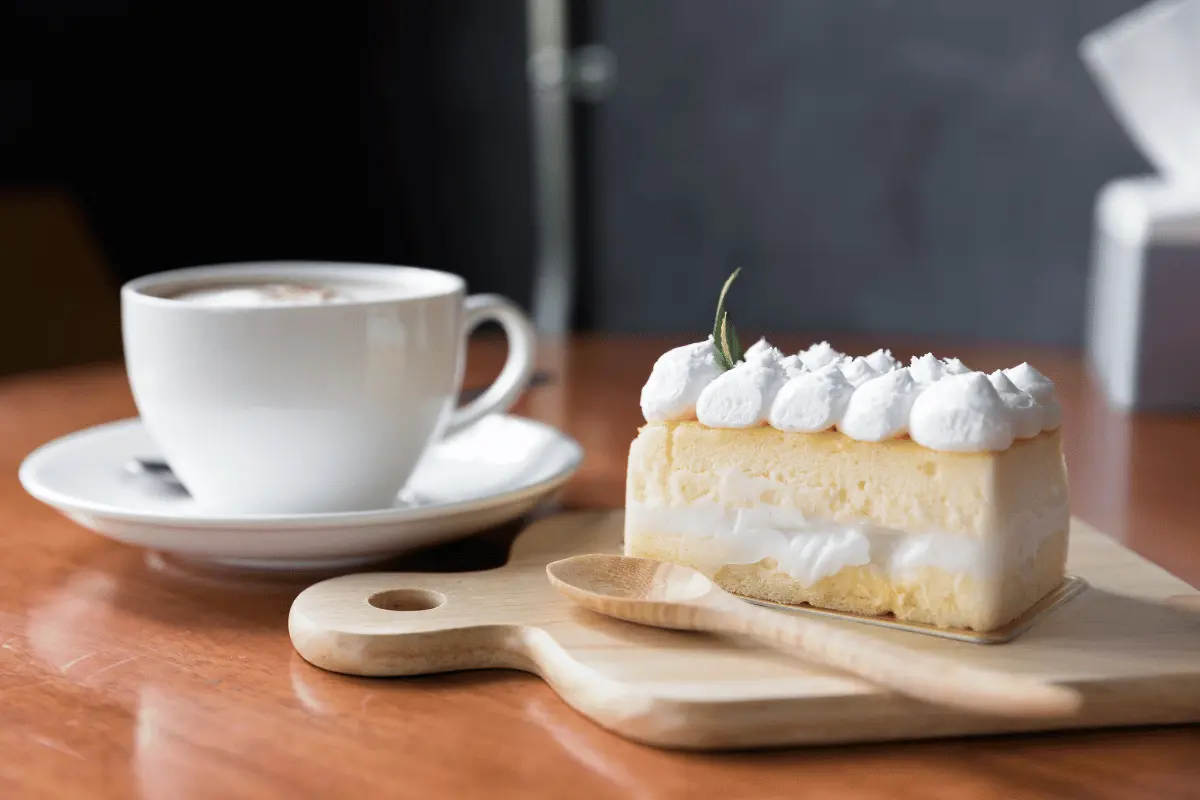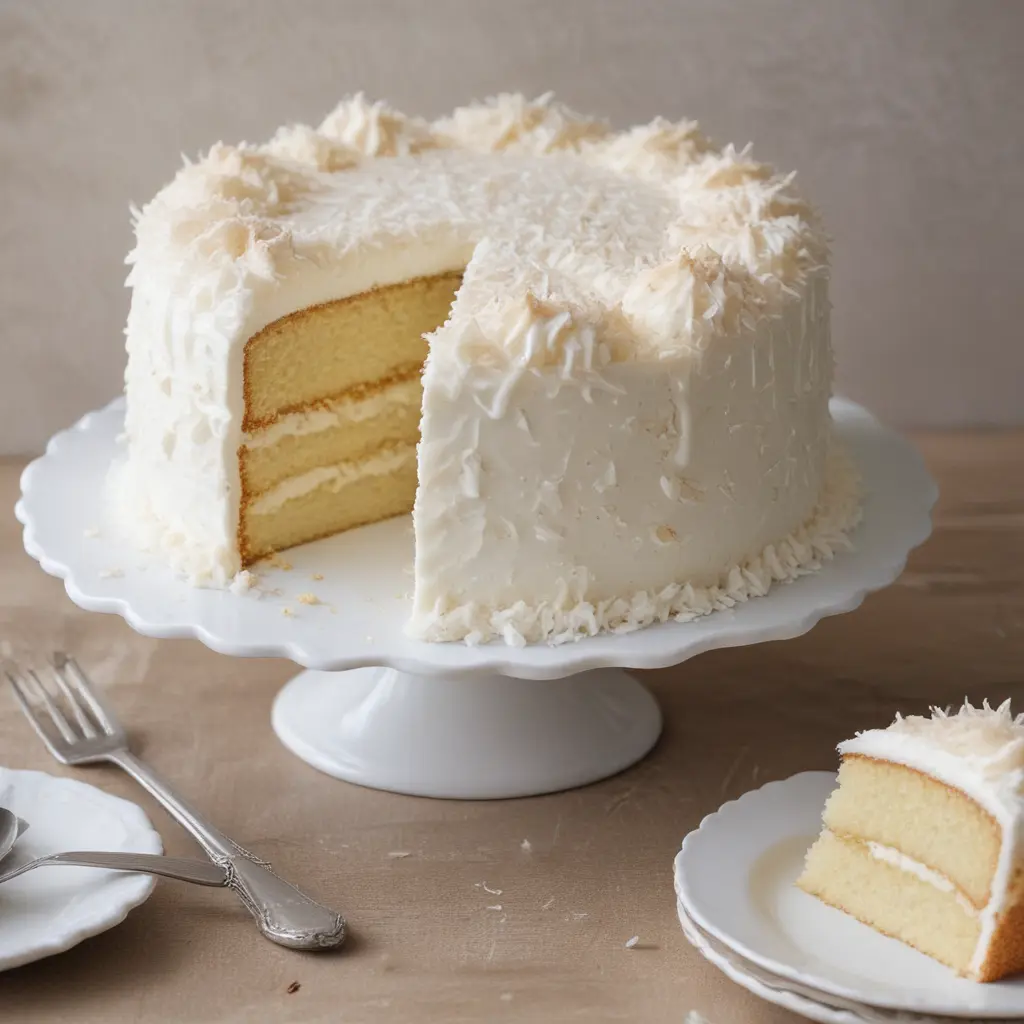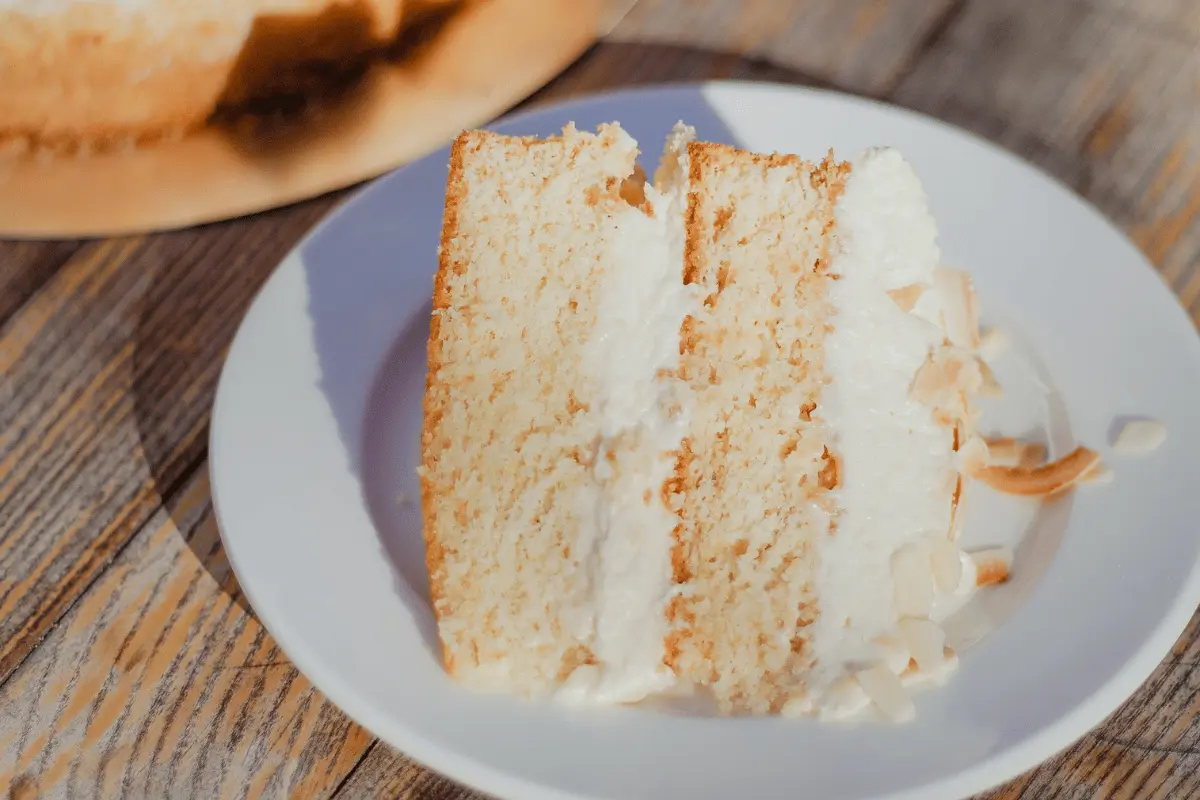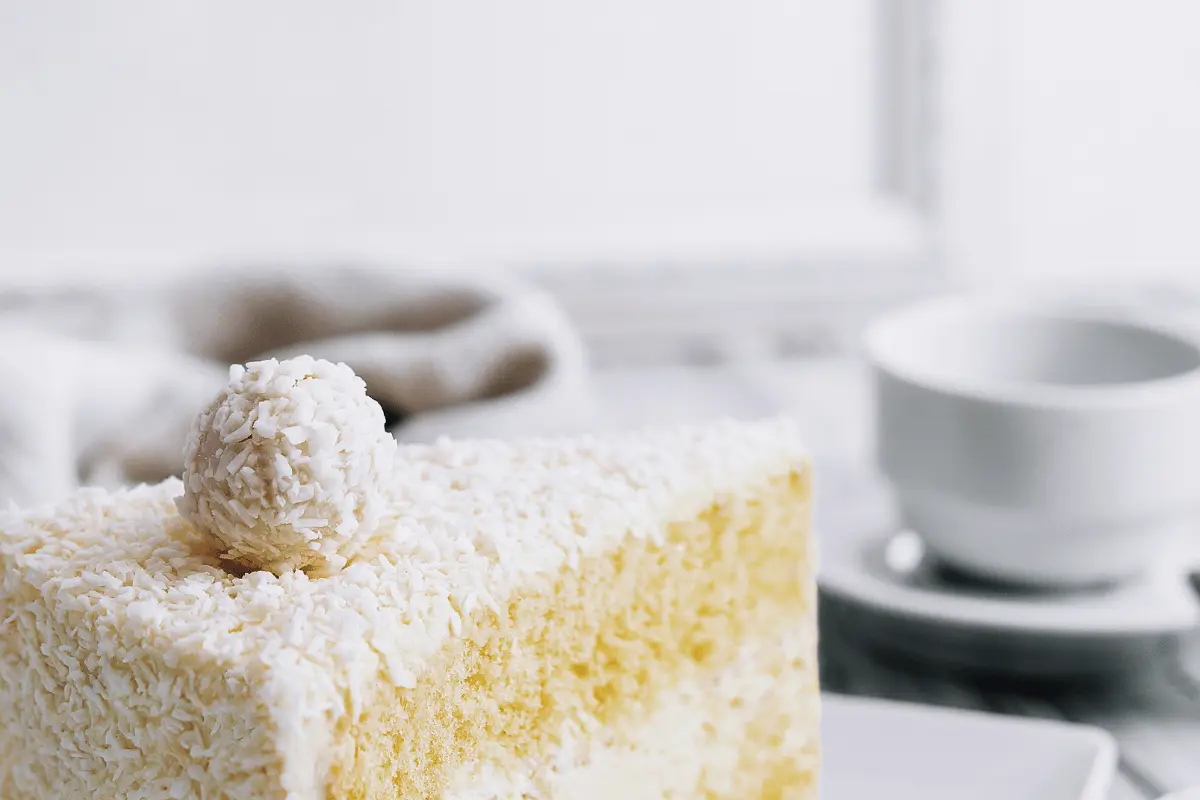In the world of desserts, few treats evoke the lush, tropical vibes quite like a coconut cake. This article dives deep into the art and science of baking the perfect coconut cake, from the basics of choosing the right ingredients to mastering the final touches that make your cake a showstopper. Whether you’re a seasoned baker or a newbie in the kitchen, our comprehensive guide, spread across several parts, promises to equip you with everything you need to know. We’ll explore various recipes, share expert tips, answer frequently asked questions, and even sprinkle in some professional secrets to ensure your coconut cake is the talk of any gathering. So, let’s get started on this sweet journey, shall we?
Introduction to Coconut Cake Recipes
Ah, coconut cake! Just the mention of it conjures images of fluffy, white layers, rich with the aroma of tropical coconut, all wrapped in a sweet, creamy frosting. It’s a dessert that manages to be both decadently rich and delightfully light at the same time. But what makes a coconut cake truly special? Well, it’s all about the ingredients and how you bring them together.
Main Ingredients
At the heart of every coconut cake are a few key ingredients: flour, sugar, coconut milk, and, of course, shredded coconut. These staples combine to create the cake’s signature moist crumb and rich flavor. However, the magic doesn’t stop there. Each recipe introduces its own twist, be it through the addition of coconut extract, cream of coconut, or even a dollop of sour cream for extra moistness.
Substitutions for Dietary Restrictions
Fear not, health-conscious and dietary-restricted friends! Coconut cake is surprisingly adaptable. Gluten-free flour blends can replace traditional wheat flour without sacrificing texture. For those avoiding dairy, coconut milk and oil offer a natural alternative to butter and cow’s milk, enhancing the coconut flavor in the process. And if sugar is a concern, there are numerous low-glycemic options that can sweeten the deal without the spike.
In the realm of coconut cake, the possibilities are as vast as the ocean. Whether you’re aiming for a classic rendition or a modern twist on this beloved dessert, understanding the basics is your first step to baking success. So, grab your whisk, and let’s dive into the delicious world of coconut cake recipes.
13 Studies on Coconut Oil and Its Health Effects by Healthline
Step-by-Step Baking Guide
Baking the perfect coconut cake is akin to orchestrating a symphony; every step, from preparation to presentation, plays a crucial role in creating a masterpiece. Let’s break down the process into manageable steps, ensuring your cake hits all the right notes.
Preparation
First things first, gather your ingredients and equipment. This might seem like a no-brainer, but having everything on hand before you start can make the process smoother and more enjoyable. Preheat your oven to the right temperature, usually around 350°F (175°C), and make sure your baking pans are well-greased or lined with parchment paper. This prep work sets the stage for a flawless baking performance.
Mixing the Batter
The secret to a light and fluffy coconut cake lies in how you mix the batter. Start by creaming together the butter and sugar until they’re pale and fluffy. This incorporates air into the mix, giving the cake its lift. Next, add the eggs one at a time, ensuring each is fully incorporated before adding the next. This step is crucial for emulsification, which contributes to the cake’s texture.
Now, it’s time to alternate adding the dry ingredients with the coconut milk, beginning and ending with the dry. This method helps maintain the batter’s structure by not overwhelming it with liquid all at once. Finally, fold in the shredded coconut gently to distribute it evenly without deflating the batter.
Baking
Pour the batter into your prepared pans, smoothing the top with a spatula. Bake until the cake is golden and a toothpick inserted into the center comes out clean. Here’s where patience is key; opening the oven door too early can cause the cake to fall, so resist the temptation to peek!
Decoration and Presentation

Once your cake has cooled, it’s time for the grand finale: decoration. A coconut cake looks stunning when adorned with a creamy frosting and a sprinkle of toasted coconut flakes. For a truly show-stopping presentation, consider layering the cake with a coconut cream filling, then frosting the outside with a light, whipped cream cheese frosting. The contrast of textures and flavors will make each bite a delight.
Baking a coconut cake is a journey of flavors, textures, and aromas. By following these steps, you’re not just baking a cake; you’re crafting an experience that’s sure to impress. So, take your time, enjoy the process, and get ready to savor the fruits of your labor.
Variations of Coconut Cake Recipes
The beauty of coconut cake lies in its versatility. While the classic coconut cake is a beloved favorite, there are countless variations that can add an exciting twist to this traditional dessert. Let’s explore some of these variations, each offering a unique take on the classic recipe.
Classic Coconut Cake
The Classic Coconut Cake is the epitome of coconut desserts. It features soft, fluffy layers of cake, rich with the flavor of coconut milk and shredded coconut, enveloped in a creamy, coconut-infused frosting. This version is timeless, appealing to purists and traditionalists alike. It’s the perfect balance of moist cake and sweet, luscious frosting, making it a hit at any gathering.
Coconut Cream Cake
For those who crave an extra dose of creaminess, the Coconut Cream Cake is a dream come true. This variation includes a rich coconut cream filling between the cake layers, adding a luxurious texture and deepening the coconut flavor. The cake is often topped with a light, whipped frosting and a sprinkle of toasted coconut flakes, creating a dessert that’s as beautiful as it is delicious.
Toasted Coconut Cake
The Toasted Coconut Cake introduces a delightful crunch and a deeper flavor profile. By toasting the shredded coconut before adding it to the batter and using it as a garnish, this cake variation offers a nuttier, more caramelized coconut taste. The contrast between the soft cake and the crispy coconut creates a sensory experience that’s hard to resist.
Vegan Coconut Cake
Catering to dietary preferences, the Vegan Coconut Cake ensures everyone can enjoy this delightful dessert. Utilizing plant-based ingredients such as coconut oil, almond milk, and flaxseed eggs, this version does not compromise on flavor or texture. The result is a moist, fluffy cake that’s both ethical and delicious, proving that vegan desserts can stand toe-to-toe with their traditional counterparts.
Each of these variations showcases the versatility of coconut cake, allowing bakers to experiment and find their favorite version. Whether you’re a fan of the classic recipe or eager to try something new, there’s a coconut cake variation out there for you. So, why not explore these options and discover the joy of baking and sharing a slice of coconut heaven?
Expert Tips and Tricks
Mastering the art of coconut cake doesn’t stop at following a recipe. There are nuances and secrets that can elevate your baking from good to extraordinary. Here are some expert tips and tricks to ensure your coconut cake is not just delicious, but also a feast for the eyes.
Achieving the Perfect Moisture
One of the hallmarks of a great coconut cake is its moisture. Achieving this can sometimes feel like walking a tightrope, but with a few tricks up your sleeve, you’ll be sure to nail it every time.
- Buttermilk and Sour Cream: Incorporating buttermilk or sour cream into your batter can significantly enhance the cake’s moisture. Their acidity tenderizes the crumb, making the cake soft and lush.
- Simple Syrup: Brushing your cake layers with a light coconut-flavored simple syrup before frosting can add moisture and deepen the coconut flavor. It’s a simple step that can make a world of difference.
Decorating Like a Pro
A beautifully decorated cake can turn your dessert into the centerpiece of any table. Here are some tips to ensure your coconut cake looks as good as it tastes.
- Smooth Frosting: For a smooth frosting finish, use an offset spatula and take your time. If you’re aiming for perfection, a turntable can be a baker’s best friend, allowing you to evenly spread the frosting.
- Toasted Coconut Flakes: Toasting coconut flakes before using them as a garnish not only adds a beautiful golden color but also introduces a delightful crunch and depth of flavor. Sprinkle them on the top and sides of your cake for a stunning effect.
- Piping Techniques: Learning a few basic piping techniques can elevate your cake’s appearance. Whether it’s simple rosettes or elegant borders, piping can add a professional touch to your cake.
Remember, baking is as much about the journey as it is about the destination. Don’t be afraid to experiment and make each recipe your own. With these tips and tricks, you’re well on your way to baking a coconut cake that’s sure to impress. So, preheat your oven, and let the magic begin!
understanding the basics of poke cakes can offer creative ideas for infusing coconut cakes with additional flavors and moisture.

FAQs
In the world of coconut cake baking, questions abound. Whether you’re a first-timer or a seasoned baker, there’s always something new to learn. Let’s tackle some of the most frequently asked questions about coconut cake, providing you with the insights you need to bake with confidence.
Can I make coconut cake ahead of time?
Absolutely! In fact, coconut cake often tastes better the next day. The flavors have time to meld together, and the moisture distributes evenly, resulting in a cake that’s both flavorful and tender. Just make sure to store it properly. Wrap the unfrosted cake layers in plastic wrap and keep them at room temperature for up to two days or refrigerate them if you plan to keep them longer. Frosted cakes should be kept in the refrigerator, covered, to maintain freshness.
another dessert that benefits from being prepared in advance: Cinnamon Toast Crunch Apple Dump Cake
How do I store coconut cake?
To keep your coconut cake moist and delicious, storage is key. For an unfrosted cake, wrap it tightly in plastic wrap and store it at room temperature for up to two days or in the refrigerator for up to five days. If your cake is frosted, it’s best kept in the refrigerator. Cover it with a cake dome or an inverted bowl to protect it from absorbing any fridge odors. Before serving, let the cake sit at room temperature for about an hour to ensure it’s not too cold.
Can coconut cake be frozen?
Yes, coconut cake freezes beautifully. Wrap the unfrosted cake layers individually in plastic wrap, then again in foil, and freeze for up to three months. Thaw the layers at room temperature before frosting and serving. This method is particularly handy for making cakes in advance or saving leftovers.
Substitutes for coconut milk in coconut cake?
If you’re out of coconut milk or prefer not to use it, there are several substitutes you can use without compromising the cake’s flavor or texture. Almond milk, soy milk, or even regular cow’s milk can work in a pinch. For an extra boost of coconut flavor, add a teaspoon of coconut extract to the substitute milk.
Armed with the answers to these FAQs, you’re ready to embark on your coconut cake baking adventure with greater confidence and knowledge. Remember, baking is as much about the process as it is about the final product. So, embrace the experience, learn from each attempt, and most importantly, enjoy sharing your delicious creations with others.


